It took 20 years of intensive research, hundreds of interviews, missed deadlines, and publishers demanding their money back, but Tom O’Neill’s CHAOS: Charles Manson, the CIA and the Secret History of the Sixties is worth the wait. It’s a chilling page-turner documenting the writer’s quest to find the truth behind the Manson Family murders of actress Sharon Tate and six others that happened over two nights in Los Angeles in 1969.
In his two-decade investigation, O’Neill uncovered new details about the crime and its aftermath, including evidence of a cover-up by the prosecutor of the Manson Family, Vincent Bugliosi; police carelessness; the solicitousness of Manson’s parole officer, who was always ready to vouch for his character; and if that wasn’t enough, links to the U.S. government’s super-secretive mind-control program MKULTRA.
“We’ve spent the past 50 years thinking the murders were all about sparking a race war. But after 20 years, I found an endless number of holes in that story. The Manson family intersected with a multitude of shady characters at so many levels — law enforcement, drug trafficking, even the government, all wiped from the record — that I found good reason to doubt that the Helter Skelter motive was the full story, or even the real story,” O’Neill said in an interview with the New York Times.
O’Neill is an award-winning investigative journalist and entertainment writer who has contributed articles to daily newspapers such as the Philadelphia Inquirer and the New York Daily News, as well as national magazines and news weeklies, including the Village Voice, New York, Premiere, Details, Out, Philadelphia, Irish America, Live, and Detour.
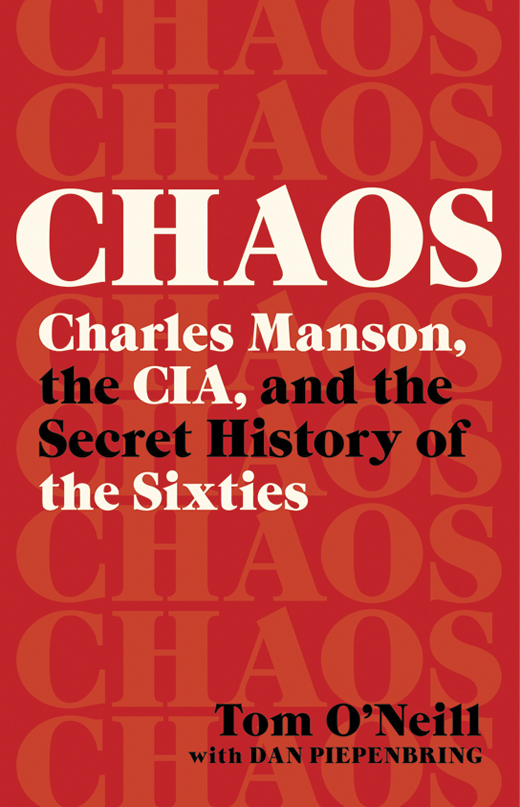
As a contributing editor at Us magazine (1991-1999), he wrote cover stories on some of the entertainment industry’s biggest stars, including Tom Cruise, Harrison Ford, and Richard Gere, while reporting from the sets of hit television shows such as Saturday Night Live, Frasier, and Northern Exposure. His first investigative story, “Welcome to the Jungle” for Us, about the cut-throat battles waged by daytime talk-show producers for their guests, spawned the magazine’s popular investigative series, The Us Report. A subsequent story O’Neill contributed, called “Dangerous Minds,” about the stalking and murder of actress Rebecca Schaeffer by a deranged fan, was, in turn, used as the prototype for what would become the now-iconic E! Channel documentary series, E! True Hollywood Story. O’Neill’s investigative story into the unsolved slaying of a Hollywood starlet, called “The Life and Death of Miss Hollywood,” which ran in Details magazine, was also adapted into a True Hollywood Story by the E! Channel, and his exposé of sexism at Saturday Night Live (“The Incredible Shrinking Woman of Saturday Night Live“) won an Exceptional Merit Media Award from the National Women’s Political Caucus and Radcliffe College in 1995.
Raised in the Philadelphia suburb of Rosemont, O’Neill graduated with a Bachelor in Fine Arts from New York University’s Tisch School of the Arts. He currently resides in Venice, California, and is as fiercely proud of his mother’s Italian heritage as he is of his father’s Irish ancestry.
℘℘℘
What is your current state of mind?
Relieved.
Your greatest extravagance?
Spending twenty years on one project without, with few exceptions, being paid for it.
Who are your heroes?
My dad. And my ma. (And Patti Smith).
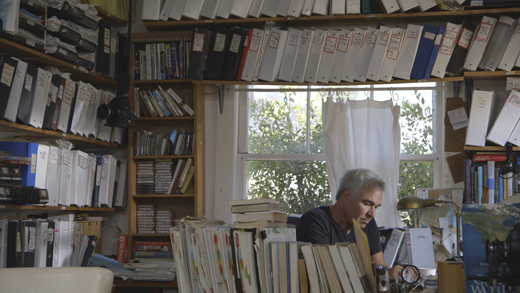
What is on your bedside table?
The New York Times Magazine 1619 Project issue, my meds, and, FYI, beneath the table, my earthquake kit.
What was your first job?
Shoeshine boy at Villanova University.
Your earliest memory?
(A) Coming home from a summer vacation to find an empty pen in the backyard which should have contained my beloved pet duck, Quack, and turning in tears to my parents, who admitted they’d received a letter from its caretaker, Cindy Dilworth, informing them Quack had flown the coop, but they didn’t tell me because they didn’t want to spoil my vacation. I never trusted adults again.
(B) After being told I couldn’t play with Cindy Dilworth anymore because she was a girl (an older girl, eight to my six – they were worried what we might be doing), Cindy lured me to her backyard to tell me a secret after I’d told her in no uncertain terms I wasn’t allowed there, and she said just for one secret, then, behind a bush, kissed me. I never trusted women again (and became gay).
Best advice ever received?
From a priest (Monsignor Jerome Wilkerson), when I went to the Masters and Johnson Institute in St. Louis to undergo their homosexual-to-heterosexual conversion therapy, that I should consider not doing it, because it was okay to be gay. (Postscript: It didn’t work, and I wish I’d listened to him).
Do you strike up conversations on long plane journeys?
Absolutely never (though I used to when there were smoking sections; they were the only places in the sky where you might have encountered a person worth talking to).
Where do you go to think?
It’s more like where do I go to stop thinking (Netflix, HBO, etc.).
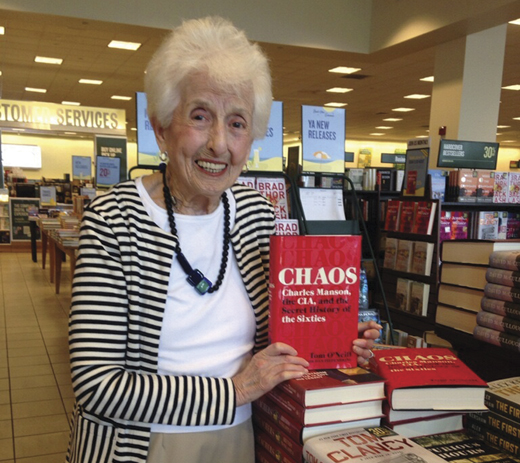
What is your hidden talent?
None, honestly. Okay, maybe identifying foreign or U.S.A. regional accents (from eight years driving a horse and carriage).
Your favorite quality in friends?
That they’re not actors, in A.A., or spiritually inclined (I live in Los Angeles).
Your perfect day?
Any one at my ma’s senior living facility outside of Philadelphia (I feel young and sprightly there and stay for months – so much to do!)
Favorite country you’ve visited?
Depends on my state of mind and who I’m with, but I don’t think there’s ever been a country I didn’t enjoy. Well, except maybe Japan, but that’s only because I was there for 24 hours, the most confusing and unpleasant 24 hours of my life (all my fault, not enough time to figure it out).
Best opening line in a book or piece of music?
A) “Jesus died for somebody’s sins, but not mine.” (Patti Smith)
B) “No regrets Coyote.” (Joni Mitchell)
C) “First, after your eyes have adjusted to the smoke, behold the bouffants.” (Okay haters, me)
Favorite musician?
Duh! Patti Smith.
A movie you will watch again and again?
Wait Until Dark, The Innocents, Chinatown.
Have you ever been approached about a film adaptation of CHAOS?
Yes, in the works (says the author, nervously).
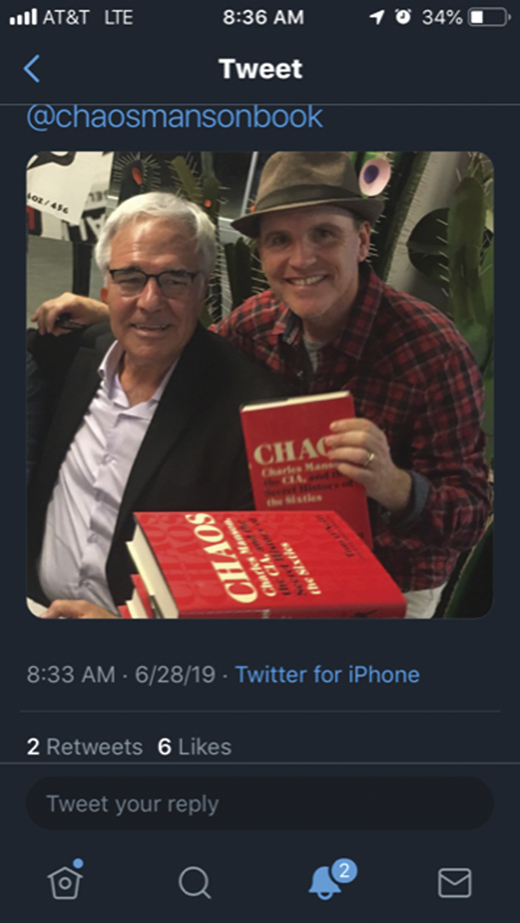
You went to film school and worked on movies – what made you switch to writing?
I always wanted to write screenplays, then plays, but they were crap. Tried journalism, not much better, but the people who paid for it didn’t seem to care (and kept paying).
You spent 20 years working on this book – what were some of the jobs you had to support yourself?
One cover story for Irish America, Uber driver, English as a Second Language teacher, manny, and, far and away most profitable, AirBnB host (meaning I spent a lot of time on friends’ couches or back at Waverly Heights, my ma’s senior living facility).
What kept you going during rough times?
Rage about being lied to.
Your mother is Italian and your father is Irish. What was it like growing up in a mixed household?
It wasn’t mixed. My mother was a more recent immigrant – her father came from Italy at fifteen, and her mother crossed the ocean in her mother’s womb, so it was the present at our house, not past – all Italian, all the time. Our Irish relations were “the Americans.”
Vincent Bugliosi, the lead prosecutor in the Charles Manson case, threatened you. Were you sorry he died before you published?
More than anything in the world. I wanted him to be accountable to my findings. Manson’s death, I was okay with.
Are you looking forward to getting back to “entertainment” journalism?
No way. Never again!
So, Tom O’Neill, what are you like?
Bringing us back to question number one, relieved. ♦

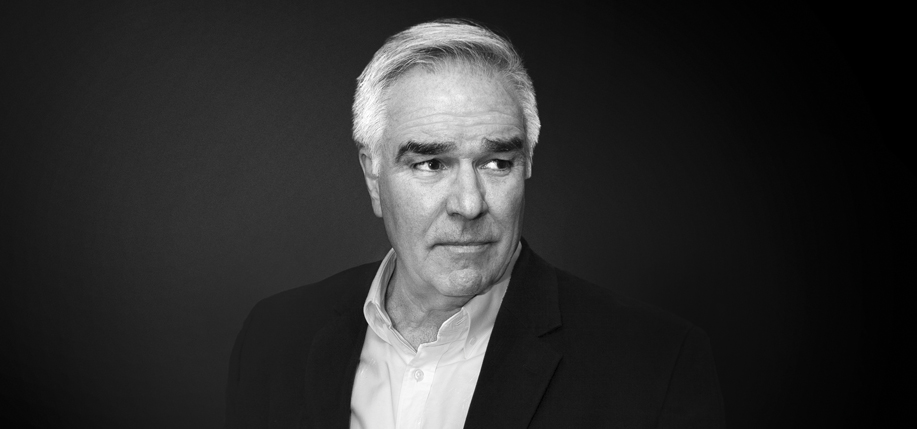
Leave a Reply